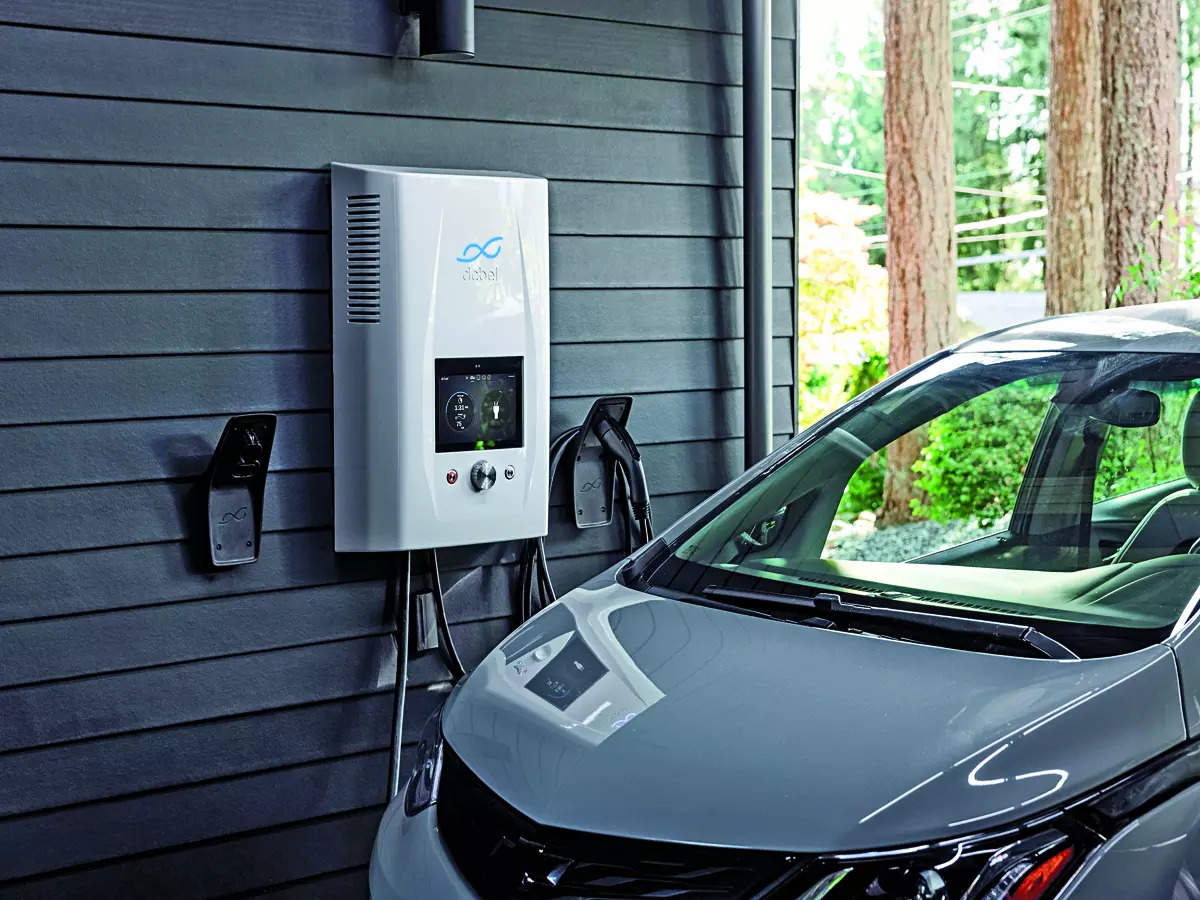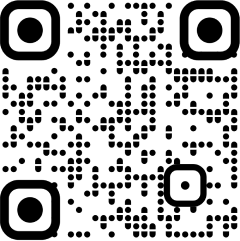
The electric vehicles (EV) industry is looking to tweak products and prices to stay competitive with a cloud of uncertainty hanging over the much-acclaimed FAME scheme. As the central government drags its knees on the continuation of Fame subsidies, EV industry watchers said continued policy support by the GOI will help enhance penetration from the current low levels of 5% to over 60% for electric 2&3 wheelers over the next 10 years.Leading electric two-wheeler players are understood to be re-jigging their products by launching lower spec variants by reducing features and size of batteries following the tapering down of subsidies, which will increase prices of their EV products this June onwards.
Recently, the centre decided to reduce the FAME II subsidy on electric two-wheelers to Rs 10,000 per Kwh from the existing Rs 15,000 per Kwh and pulled down the maximum subsidy cap of 40% to 15%. Electric 2-wheeler sales have been under pressure and falling since April after clocking the highest monthly sales of 85793 units in March. This month, till date, sales of E 2wheeler stand at 39000 units and E 3 wheelers at 23527 units, according to the Vahan portal.
“When the incentive on electric two wheelers was increased to 15000 per kwh in June 2021, many manufacturers increased the battery size to 2.5-3 kw. Now with the tapering down of the subsidy to 10000/kwh, I feel many will have smaller capacity batteries ranging from 1.5-2 kw,” said Venkat Rajaraman , CEO of lithium-ion battery pack maker Cygni Energy, who feels subsidies should continue to compete with internal combustion engines or ICE vehicles.
“We need extension of FAME II for 3 more years beyond March 2024 to realize goals of accelerated EV penetration”, said Sulajja Firodia Motwani, chief executive of Kinetic Green, a major 2 &3 wheeler player.
Fame 2 scheme needs to continue for at least 2.5 years beyond FY2024. There is a big delta between the purchase price of EVs and ICE vehicles. It will take two more years to reach an inflection point. The current subsidy may not be enough to ring in the growth, so more consumption of subsidy can happen if we have a lower threshold to claim the incentives, said Suman Mishra , CEO, Mahindra Last Mile Mobility, a leading electric 3 wheeler player in an earlier interaction.
FAME II started in April 2019 with its effective implementation from October 2019. However, the country and industry were severely impacted with Covid-19 from March 2020 until July 2022, say manufacturers.
However, several experts feel that there is no need to further subsidize EVs, especially two wheelers, as already more than a million EVs have already been subsidised. Also with most state government having incentives and with prices of cells below the 2021-22 levels, “subsidies need to be tapered down for E two-wheelers and add new categories such as Quadricycles, E cycles , commercial vehicles, private buses, said a senior government official who did not wish to be quoted. This official also said what is now needed more than subsidies is to build the ecosystem of EVs.
PLI in automobile and battery cells will also help plough enhanced investments into the sector over next 3-4 years. However, “it will take some more time to realize the impact of FAME II, with higher levels of penetration near 20-25% in EVs compared to ICE and for PLI related investments in cells etc. to bear fruit by way of lower cost mass-production,” said Motwani of Kinetic.
FAME enables reduction of upfront EV cost lower for the customers, bringing it closer to the price of ICE vehicles, encouraging adoption of EVs.
Meanwhile EV dealers say confusion prevails on the amount of subsidy applicable. “Till the prices are rejigged there is going to be a temporary blip in sales,” said Nikunj Sanghi a leading automotive dealer based out of Alwar.
E 2 wheeler retail sales (units)
January : 64363
February: 65702
March : 85793
April : 66466
May (till date) 39000
source: Vahan

















